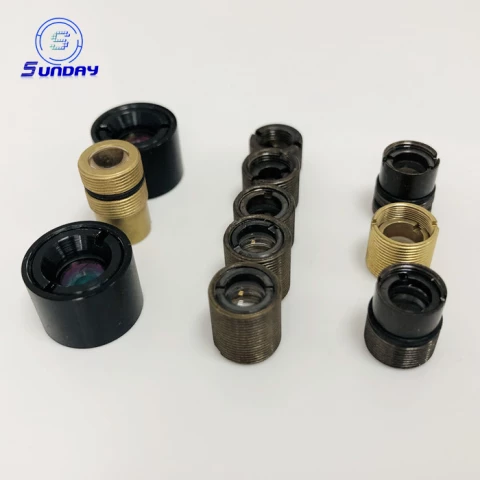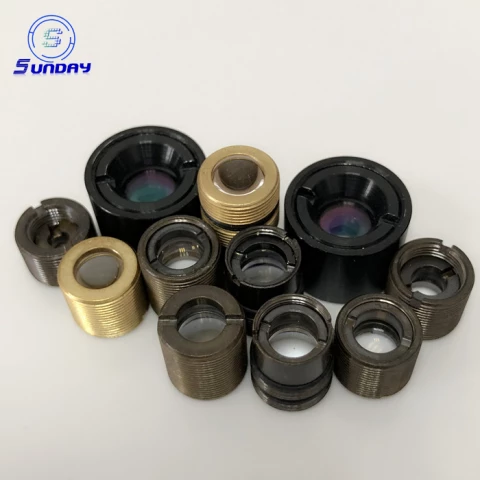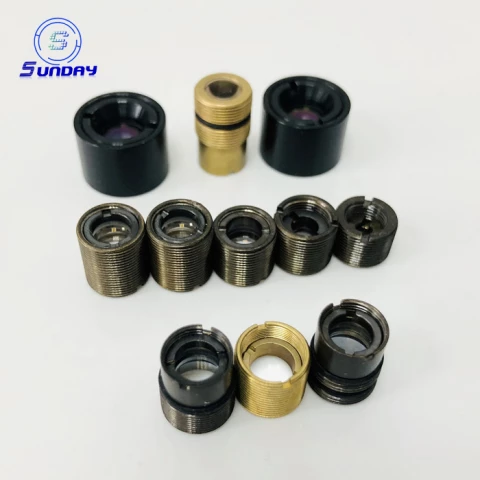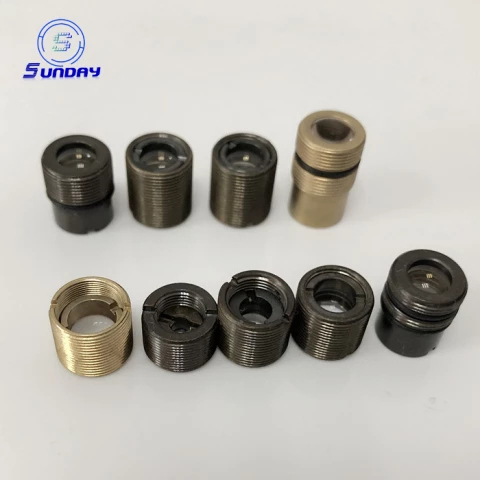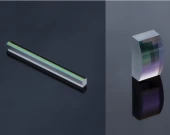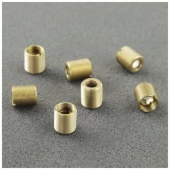Description
The Collimator Lens from Changchun Sunday Optics Co., Ltd. is a precision-engineered optical component designed to transform divergent light into a parallel beam, ensuring high-quality collimation for laser and imaging applications. This lens is manufactured using high-grade D-ZK3 glass, offering excellent optical performance and stability. With a focal length of 6 mm, numerical aperture (NA) of 0.2, and a working distance of 4.71 mm, it delivers precise light control and efficient collimation across a wide range of systems.
The lens provides a clear aperture of 2.4 mm and transmission efficiency exceeding 95%, ensuring minimal signal loss and high optical throughput. Designed with a BBAR coating for the 400–700 nm wavelength range, it achieves superior performance at the design wavelength of 530 nm. Its compact M9P0.58 mm mount size allows easy integration into laser assemblies and optical systems.
Ideal for laser collimation, beam shaping, optical instrumentation, and imaging applications, the EFL6mm collimator lens is available in standard configurations with the option for customization to meet specific customer requirements
Competitive Laser Collimator Lens
Specifications
| Collimator Type: | Spherical, Cylindrical, Aspherical |
|---|---|
| Design Wavelength: | 405 nm |
| Numerical Aperture: | 0.25 |
| Effective Focal Length (EFL): | 9.322 mm |
| AR Coating: | Both sides, One side, None, Custom |
| Transmittance: | 95 % |
| Clear Aperture: | 5 mm |
Features
- High-Quality Glass: Made from premium D-ZK3 material for optical clarity and stability.
- Compact Design: Mount size M9P0.58 mm ensures easy integration.
- Precision Performance: Focal length of 6 mm and NA of 0.2 for accurate collimation.
- High Transmission: >95% transmission efficiency for maximum optical output.
- Broadband Coating: BBAR coating optimized for 400–700 nm with a design wavelength of 530 nm.
- Customizable Options: Available in standard and customer-specified designs.
Applications
- Laser Systems: Provides stable and efficient collimation for laser sources.
- Beam Shaping: Ideal for applications requiring uniform, parallel light beams.
- Optical Instruments: Enhances performance in precision imaging and measurement systems.
- Research & Development: Useful for laboratory optical setups and experimental optics.
- Medical and Industrial Lasers: Reliable for laser-based diagnostic and processing tools.
Frequently Asked Questions
What is the primary function of the Collimator Lens EFL6mm?
What material is the lens made of?
What coating does the lens use and what is its purpose?
Can this lens be customized for specific applications?
What are the key applications of the EFL6mm Collimator Lens?
What makes this lens suitable for integration into compact systems?
Similar Products
Your inquiry has been received.
Create an account by adding a password
Why create an account?
- Auto-complete inquiry forms
- View and manage all your past messages
- Save products to your favorites
- Close your account anytime — no hassle
